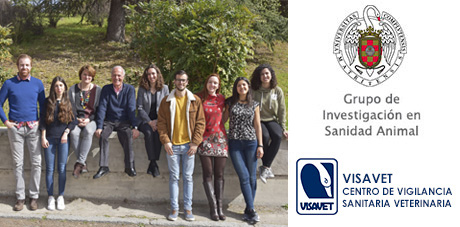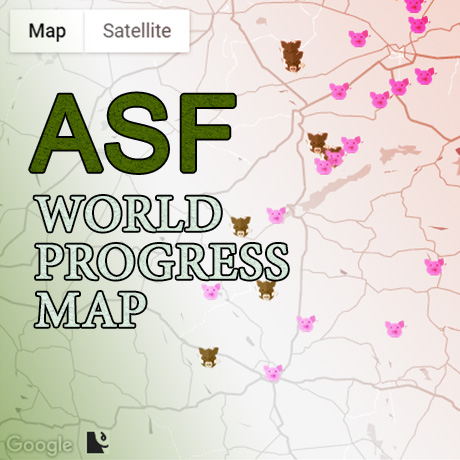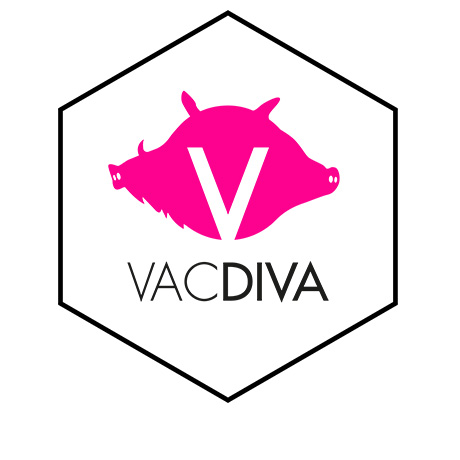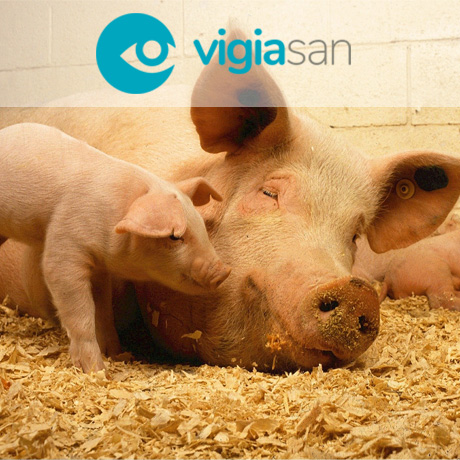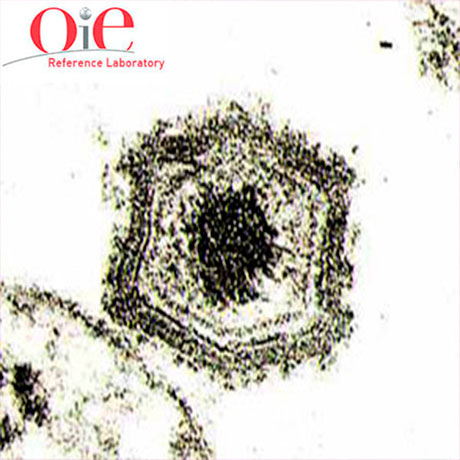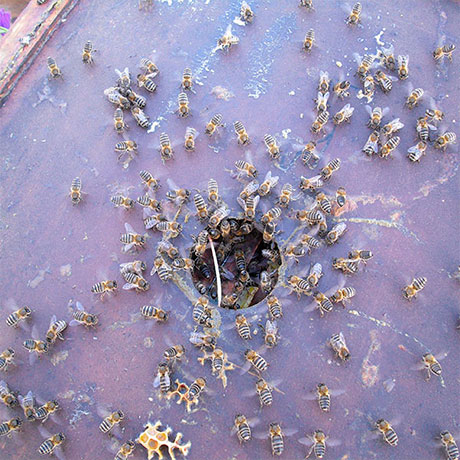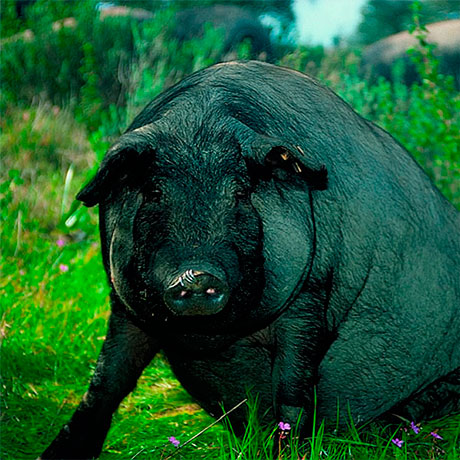Características de la Peste Porcina Africana: Conoce a tu nuevo enemigo
Factores de riesgo de entrada de la Peste Porcina Africana
Importancia del laboratorio en la vigilancia y control de la Peste Porcina Africana
Riesgo de introducción de la Peste Porcina Africana en España por importación de cerdos
 Nuevo artículo de investigación publicado en la revista Pathogens "Quantitative Risk Assessment of African Swine Fever Introduction into Spain by Legal Import of Live Pigs"
Nuevo artículo de investigación publicado en la revista Pathogens "Quantitative Risk Assessment of African Swine Fever Introduction into Spain by Legal Import of Live Pigs"
African swine fever (ASF) is a devastating infectious disease of pigs that is threatening the global swine industry at present. The current spread of ASF in Europe and its recent incursion into Germany pose a serious risk to Spain, one of the world’s leading pig producers. A quantitative stochastic risk assessment model was developed to estimate the probability of ASF introduction into Spain via the legal import of live pigs. The results suggest a low annual probability of ASF introduction into Spain (1.07 × 10−4), the highest risk being concentrated in Central European countries (Germany, the Netherlands, Belgium, and Luxembourg) during the months of April and February. The methods and results presented herein could contribute to improving prevention and control strategies and, ultimately, would help reduce the risk of ASF introduction into Spain.
Muñoz-Pérez C, Bosch J, Ito S, Martínez-Avilés M y Sánchez-Vizcaíno JM.
Noticia en los medios
Diario Veterinario: Alemania, país con más riesgo de introducir peste porcina africana en España
Nuevo artículo publicado en Frontiers in Immunology
Safety of African Swine Fever Vaccine Candidate Lv17/WB/Rie1 in Wild Boar: Overdose and Repeated Doses.
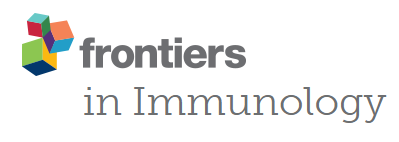 Resumen: African swine fever (ASF) is a highly lethal infectious disease that affects domestic pigs and wild boar. Outbreaks of ASF have grown considerably in the last decade causing important economic consequences for the swine industry. Its control is hampered by the lack of an effective treatment or vaccine. In Europe, the wild boar is a key wild reservoir for ASF. The results of the oral vaccination trial of wild boar with Lv17/WB/Rie1 are hope for this problem. However, this vaccine candidate has certain safety concerns, since it is a naturally attenuated vaccine. Therefore, the current study aims to evaluate the safety of this vaccine candidate in terms of overdose (high dose) and repeated doses (revaccination) in wild boar. Low-dose orally vaccinated animals developed only a slight transient fever after vaccination and revaccination. This was also the case for most of the high-dose vaccinated wild boar, except for one of them which succumbed after revaccination. Although this fatality was related to hierarchical fights between animals, we consider that further studies are required for clarification. Considering these new results and the current epidemiological situation of ASF in wild boar, this vaccine prototype is a promising tool for the control of the disease in these wild populations, although further studies are needed.
Resumen: African swine fever (ASF) is a highly lethal infectious disease that affects domestic pigs and wild boar. Outbreaks of ASF have grown considerably in the last decade causing important economic consequences for the swine industry. Its control is hampered by the lack of an effective treatment or vaccine. In Europe, the wild boar is a key wild reservoir for ASF. The results of the oral vaccination trial of wild boar with Lv17/WB/Rie1 are hope for this problem. However, this vaccine candidate has certain safety concerns, since it is a naturally attenuated vaccine. Therefore, the current study aims to evaluate the safety of this vaccine candidate in terms of overdose (high dose) and repeated doses (revaccination) in wild boar. Low-dose orally vaccinated animals developed only a slight transient fever after vaccination and revaccination. This was also the case for most of the high-dose vaccinated wild boar, except for one of them which succumbed after revaccination. Although this fatality was related to hierarchical fights between animals, we consider that further studies are required for clarification. Considering these new results and the current epidemiological situation of ASF in wild boar, this vaccine prototype is a promising tool for the control of the disease in these wild populations, although further studies are needed.
Barasona JA, Cadenas-Fernández E, Kosowska A, Barroso-Arévalo S, Rivera B, Sánchez R, Porras N, Gallardo C y Sánchez-Vizcaíno JM.



